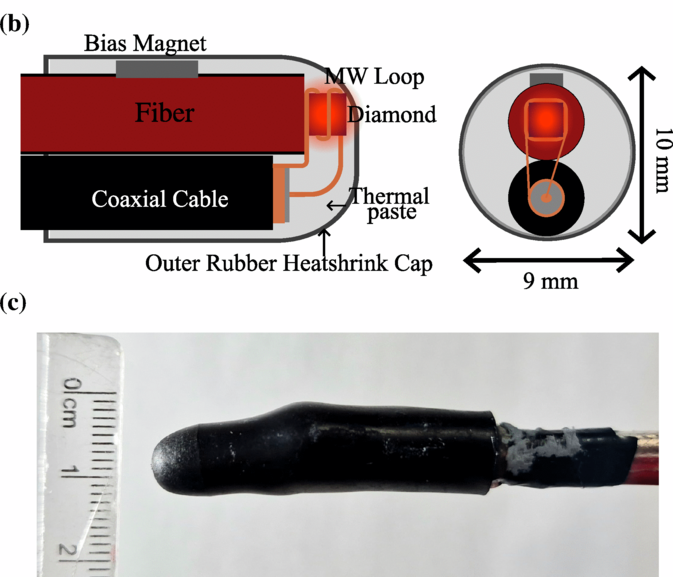Researchers at the University of Warwick have developed a compact, diamond-based sensor that could dramatically improve how cancer is detected and tracked during surgery—without relying on radioactive materials. This innovation leverages quantum sensing technology, specifically nitrogen vacancy (NV) centers in diamonds, to detect magnetic fields emitted by iron oxide nanoparticles used as tracers.
Here’s how it works: magnetic tracer fluids containing iron oxide particles are injected into a tumor site. These particles travel through the lymphatic system, mimicking the path of metastasized cancer cells. The diamond sensor, which is just 10 mm in size, can detect the faint magnetic signals from these tracers with extraordinary sensitivity—down to one-hundredth of the typical clinical dose.
This is a game-changer for surgical oncology. Traditionally, surgeons rely on radioactive tracers or blue dyes to locate sentinel lymph nodes—the first nodes to which cancer cells are likely to spread. These methods, while effective, come with drawbacks: radiation exposure, logistical complexity, and limited precision. The diamond sensor offers a safer, more portable alternative that can be used in keyhole or endoscopic procedures, potentially improving surgical outcomes and reducing complications.
Clinicians already using magnetic localization techniques have expressed enthusiasm for the device, noting its potential to enhance accuracy while simplifying workflows. Because it’s handheld and non-invasive, it could be especially valuable in resource-limited settings or for repeat procedures where minimizing patient risk is paramount.
Beyond breast cancer, the technology could be adapted for other cancers such as lung, liver, and colorectal, where lymphatic mapping is crucial. And because the sensor is based on quantum principles, its applications extend beyond medicine. The same NV center technology is being explored for use in space exploration, fusion energy, and environmental monitoring—anywhere ultra-sensitive magnetic detection is needed.
Article from the University of Warwick: The diamonds that could find cancer
Abstract in Physics Review Applied: Endoscopic diamond magnetometer for cancer surgery

